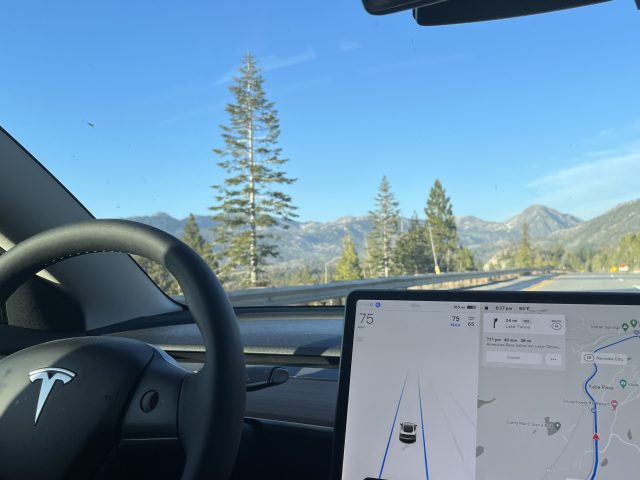Opinion: Has ISA’s time finally come?
Antonio Avenoso, Executive Director
For years, speed has been recognised as one of the three main contributing factors to deaths on our roads. And for more than a decade, ETSC has been advocating the benefits of Intelligent Speed Assistance (ISA), a driver assistance system that a 2014 Norwegian study found to be the ‘most effective’ in saving lives. We are optimistic that 2016 could prove to be a turning point in wide adoption of the technology.
ISA uses a speed sign-recognition video camera and/or GPS-linked speed limit data to advise drivers of the current speed limit; the most advanced systems can automatically limit the speed of the vehicle as needed (though the driver is still able to override the system). The first vehicles with this kind of ISA system factory fitted started appearing on the market this year – helped in part by Euro NCAP’s decision to reward extra points for vehicles that include ISA.
The technology has also been boosted by the increasing use of hardware on vehicles such as GPS, front facing cameras and manual speed limiting systems which, effectively, can just be reprogrammed to add intelligent speed assistance as an option.
Early next year the European Commission is expected to propose the next set of mandatory vehicle safety standards for the European market, and there are promising signs that ISA will be included. A report for the Commission by consultants TRL earlier this year found ISA to be ‘feasible in terms of the technology required’, already available on the market and offering a positive benefit-cost ratio.
The importance of the adoption of the technology cannot be underestimated. ISA is expected to reduce collisions by 30% and deaths by 20%. But waiting for the technology to trickle down from premium cars to the mass market, would take years longer than a regulatory approach.
ISA has been trialled in many member states, and while drivers take a short time to adjust to the technology, the majority appreciated it. One obvious benefit, as Ford has pointed out in a recent marketing campaign, is that it helps drivers avoid speeding tickets.
While much of the hype in the media these days is concerned with autonomous vehicles, ETSC believes that policymakers should not focus their regulatory eyes too far in the future. Semi-automated systems already available and approved for use have the potential to save many lives today. They should make sure that ISA, together with other proven technology such as Intelligent Seat Belt Reminders and Automated Emergency Braking, are fitted as standard as soon as possible.








